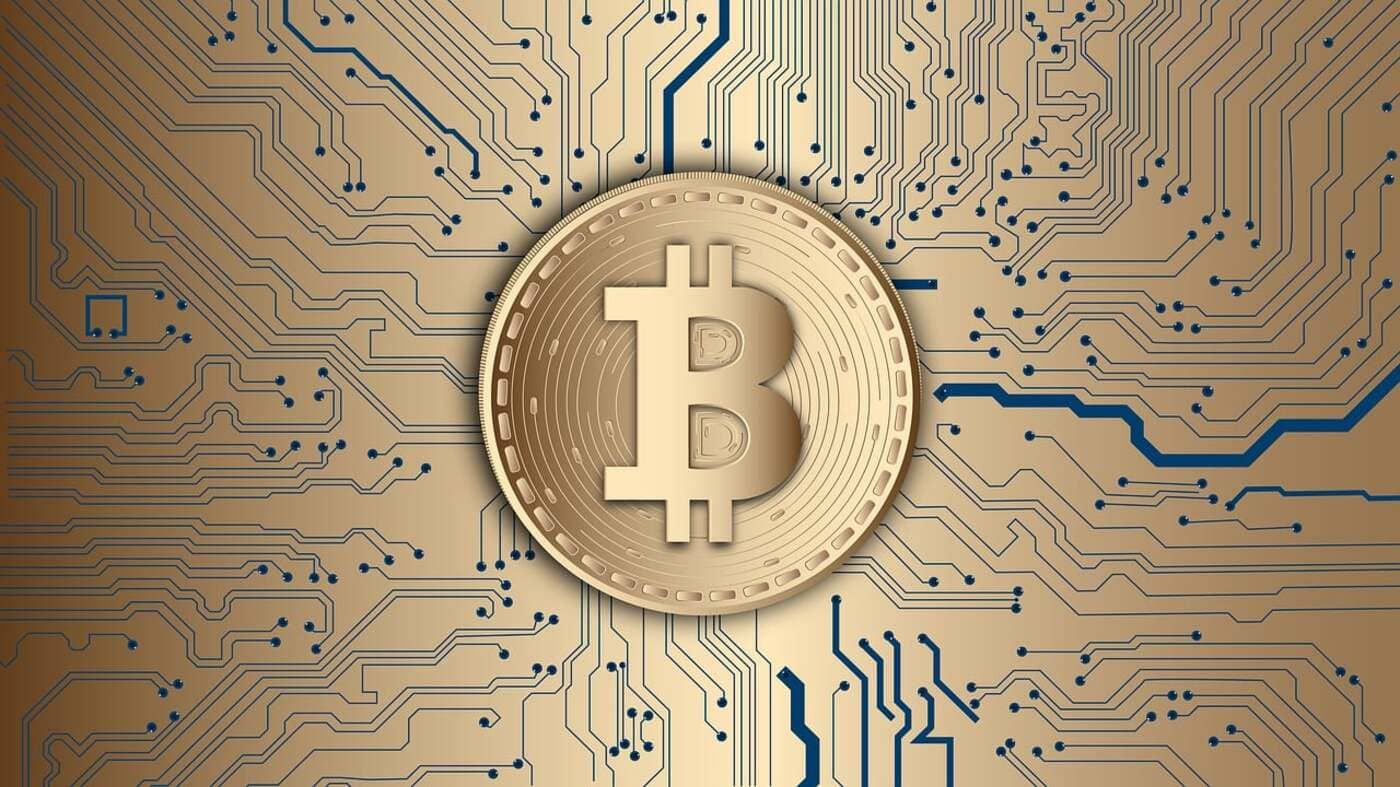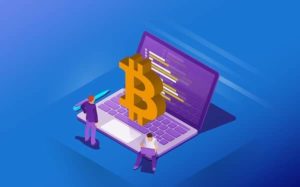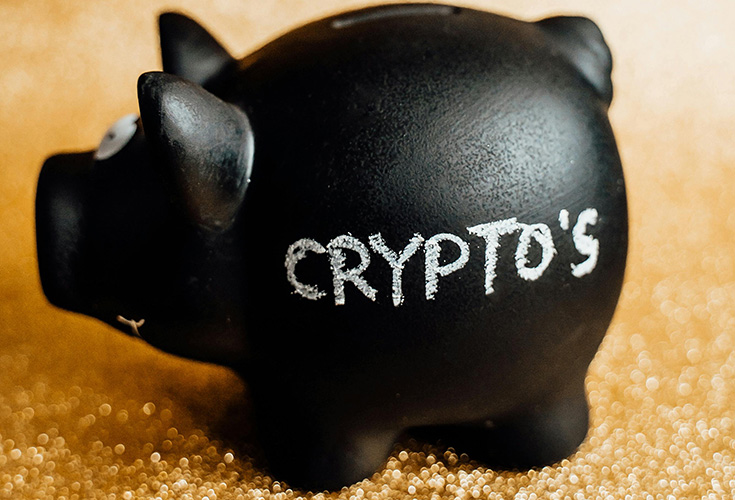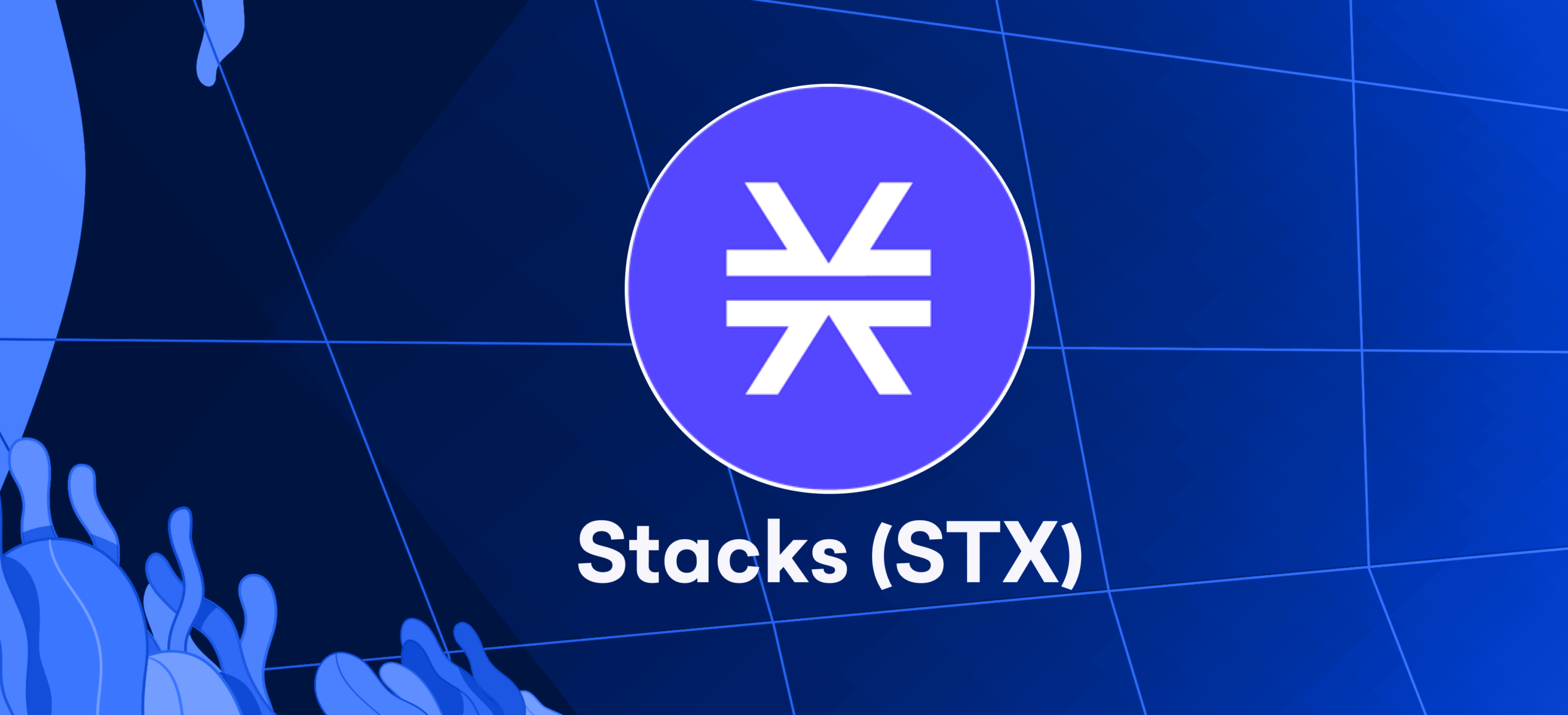
Bitcoin
Bitcoin was the first cryptocurrency to be established and is still the world’s most popular. It is a valuable decentralized digital currency without depending on the government, institutions (like a bank), or other authorities. Simply put, it is a form of electronic money that cannot be printed or minted. The owners remain anonymous.
Instead of using names, tax IDs, or social security numbers, bitcoin connects buyers and sellers using cryptographic keys. It is not issued top-down like traditional currency. Instead, Bitcoins are “mined” by powerful computers connected to the Internet. As well as Bitcoin uses blockchain technology as its transaction ledger.
History Of Bitcoin
It’s no coincidence that Bitcoin was born during the most turbulent financial era in US history when distrust of banks and central governments peaked during the 2007-2009 global financial crisis.
Bitcoin.org, the original Bitcoin affiliate website, was registered on August 18, 2008. On October 31 of that year, someone named ‘Satoshi Nakamoto’ published a paper that defined Bitcoin: A Peer-to-Peer Electronic Cash System. There were two important features of Bitcoin in the title.
- Peer-to-peer: Bitcoin enables direct P2P payments without a third-party intermediary such as a central authority or bank. That’s why Bitcoin is often considered a highly “decentralized” currency.
- Electronic cash: Many past efforts have gone into developing an electronic currency. However, what makes Bitcoin unique is that it uses existing technologies, such as cryptography and distributed systems, to make it highly efficient and secure.
On January 3, 2009, a Bitcoin pseudonymous developer, Satoshi Nakamoto, created the Bitcoin genesis block (block number 0) and started the cryptocurrency boom that continues today.
The genesis block is the name of the first block mined by a cryptocurrency like Bitcoin. Blockchain consists of so-called blocks, which store information related to transactions in the blockchain network.
Bitcoin Price History

In 2010, Bitcoin became available to sell, buy and trade on online exchanges. Bitcoin prices first crossed the $1 mark in April 2011.
Litecoin (LTC) was launched in October 2011, and Bitcoin faced its first competitor in the crypto market. A few years later, in 2015, the Ethereum blockchain was launched.
In November 2013, Bitcoin prices reached $1,000. In late 2017, Bitcoin prices and trading volumes started to rise. It reached $10,000 per coin for the first time in November 2017 and nearly $20,000 in December 2017.
In late 2017, the hype, excitement, and frenzy of crypto markets created the perfect storm for an asset bubble. Various startups have taken advantage of the cryptocurrency boom to raise money through initial coin offerings. An initial coin offering (ICO) or initial currency offering is a method where a company sells a new cryptocurrency to raise money.
Over 800 ICOs raised approximately $20 billion in funding in 2017 and 2018. Frauds and scams plagued the ICO space, and the price of many of these ICO tokens plummeted over the course of a year within a year. As of 2018, Bitcoin prices fell below $4,000 per coin at the end of the year.
The next big boom in Bitcoin’s popularity occurred in late 2020 during the COVID-19 pandemic. As businesses and entertainment shut down, Americans turned to Bitcoin, and prices rose again in late 2020. Bitcoin hit an all-time high above $20,000 in December 2020 and reached $68,990 in November 2021.
Unfortunately, inflation continued to rise, and the Federal Reserve rapidly tightened monetary policy in early 2022. The crypto crisis led to the collapse of the $10 billion crypto hedge fund Three Arrows Capital (also known as 3AC or TAC). In May 2022, Luna and TerraUSD liquidated $60 billion. Bitcoin gained a bearish movement in November because of the FTX crash.
Bitcoin’s Blockchain Technology

Cryptocurrencies are part of the blockchain, a distributed ledger, decentralized, shared database that stores data.
Bitcoin blockchain refers to stored data, the entire history of all BTC transactions, in “blocks” of information. An interconnected chain is formed between blocks. When a transaction is made on the blockchain, the information from the previous block is copied into a new block with new data, it is encrypted, and the transaction is verified by “miners.”
Once a transaction is verified, a new block is opened, and bitcoins are created and awarded to the miner who verifies the data within the block – and is then free to store, use, or sell them.
For encryption of data stored in blocks on the blockchain, BTC uses the SHA-256 hashing algorithm. Simply put, transaction data stored in a block is encrypted using 256-bit hexadecimal.
Bitcoin Mining

Bitcoin mining is creating new bitcoins by solving complex mathematical problems, the byzantine general problem, the hashing problem, and the double-spending problem that verifies transactions in the currency. In order to complete the mining process, miners must first obtain the correct or closest answer to this question. Guessing the correct number (hash) is called proof of work. Miners guess the target’s Hash by guessing as quickly as possible, which requires major computing power.
The hardware required for mining is called an application-specific integrated circuit or ASIC and costs $10,000. ASICs consume enormous amounts of power, which has been criticized by environmental groups and limits miners’ profitability. If a miner successfully adds a block to the blockchain, he will be awarded 6.25 bitcoins. It takes an average of 10 minutes to mine 1 BTC.
How Do You Start Mining BTC?
Basics to start mining Bitcoin:
- Wallet: An encrypted online account enables you to transfer, store and receive Bitcoin or other cryptocurrencies. Any bitcoins you earn due to your mining efforts are stored here. Many companies like Trezor, Metamask, Coinbase, and Exodus offer crypto wallets.
- Computer equipment: The most expensive limitation of Bitcoin mining involves hardware. You need a powerful computer that consumes a lot of electricity to mine bitcoins successfully. It is common for hardware costs to be around $10,000 or more.
- Mining software: There are several providers of mining software, most of which can be freely downloaded and run on both Windows and Mac computers. You can mine Bitcoin when the software is connected to the necessary hardware.
How Do I Buy Bitcoin?

If you don’t want to mine them, there are many digital currency exchanges like FTX and Coinbase where you can buy, sell and store bitcoins. Most people can’t buy any BTC because of its high price, but you can buy a part of BTC on this exchange with a currency like USD. For example, you can buy BTC on the crypto exchange by creating an account and funding it. You can fund your account with a bank account, debit, or credit card.
BTC Transactional Properties
- Fast and global: Transactions are instantly propagated online and confirmed within minutes. They don’t care about your physical location because they happen over the global computer network.
- Secure: BTC funds are secured by a public key cryptography system. Only the owner of the private key can access and manage cryptocurrency. Powerful cryptographic technology and the magic of big numbers make it impossible to crack the scheme.
- Irreversible: Once confirmed, the transaction can‘t be reversed. Nobody can assist you in getting it back. If you’ve sent your money to a scammer or a hacker has stolen it from your computer, there’s nothing but regret. There is no security yet.
- Pseudonymous: Neither the account nor the transaction is linked to a real-world identity. You get Bitcoins at callable addresses, which appear as random chains of up to 30 characters.
- Permissionless: No one needs to be told to use cryptocurrency. It’s just freely available software that everyone can download. After installation, you can send and receive Bitcoins or other cryptocurrencies. No one can stop you from trading with your own money.
What Can I Do With BTC?
The list of goods and services you can buy with BTC and other cryptocurrencies is growing daily as people get comfortable with virtual money. You can use BTC to purchase gift cards from services like Gyft or eGifter and then redeem them at BestBuy, Amazon, and hundreds of other famous retailers.
Many people just stick to them, just like you would with any other long-term investment. Bitcoin’s volatile price makes day-to-day trading difficult – although many crypto-powered credit and debit cards are starting to change that.








